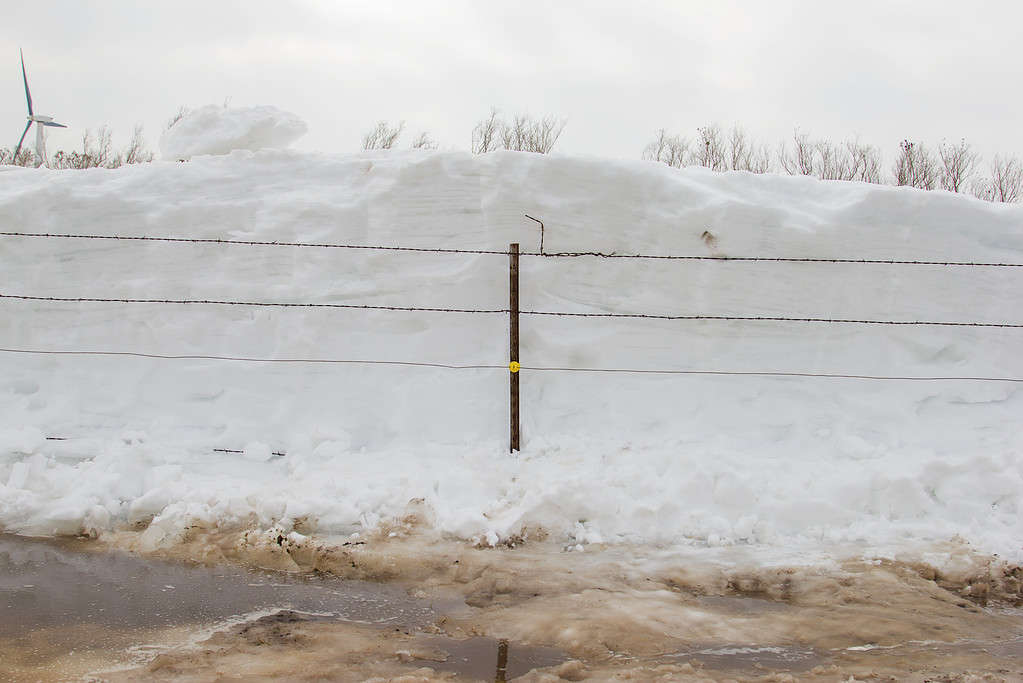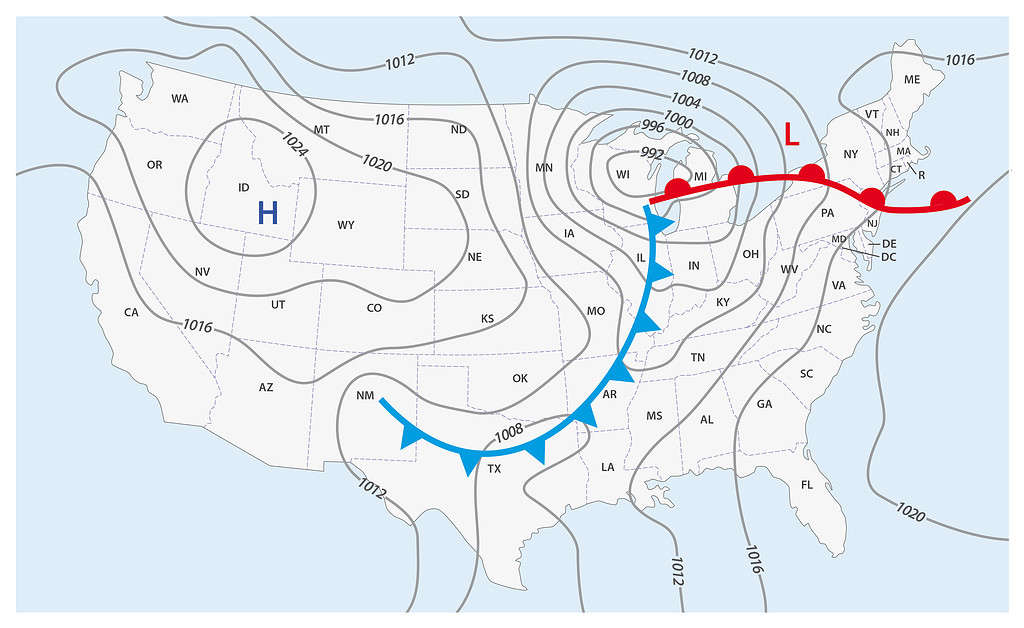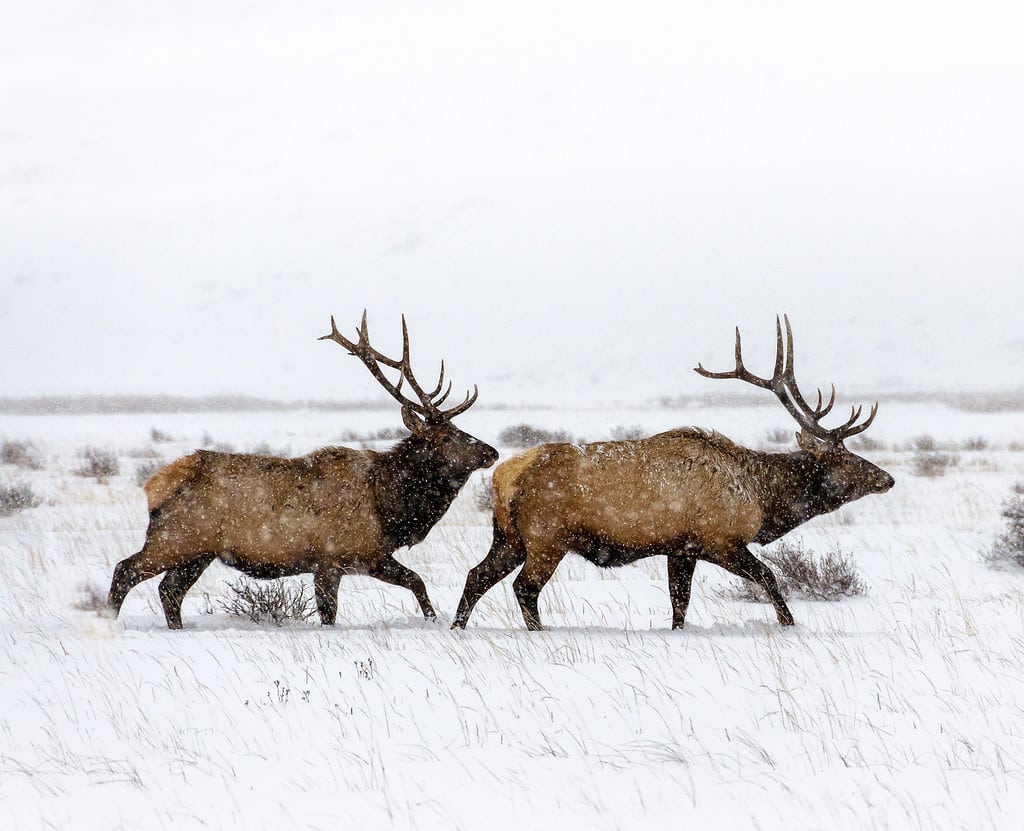Utah in November has a typically cold and dry climate. Temperatures average in the 30s with little rainfall or snow. Avid skiers won’t hit the slopes until very late in November or early December. But as any meteorologist will tell you, there are always outliers in a season’s weather. Perhaps the most extreme outlier that Utah has experienced was in November 1919 when the state’s largest snowstorm hit right over the Thanksgiving holiday.
Utah in 1919: Some Historical Context
To experience a snowstorm today can be devastating and disruptive to our safety and daily routines as well as to our community’s well-being and ability to function. With current technologies, though, we can typically prepare and stay informed during intense weather. Even with our phones, we can communicate with loved ones as the snow piles up outside our homes or we lose power. A snowstorm in 1919, however, was a very different experience. To better understand the impact of the 1919 snowstorm in Utah, it helps to first understand what life was like back then.

Lots of snow in Utah today is a welcome sight for skiers and snowbirds alike. Back in 1919, however, it was a devastating hardship.
©FashionStock.com/Shutterstock.com
Long before the advanced technologies of the internet and smartphones, Utah was relatively young. It became the 45th state in 1896, only 23 years before the Thanksgiving snowstorm. Its spaciousness informed its economic strengths of farming and, in particular, cattle ranching. With phones and cars in their relative infancy, life likely felt insulated and even isolated from the rest of the country. People leaned on their small and close-knit communities, their families, and their churches to navigate life in the rugged and beautiful Utahan landscape. World War I had ended, which brought troops home to their families and the wide open spaces that are quintessential to the West.
Returning home meant facing another battle: the Spanish Flu epidemic of 1918. By the fall of 1919 when the snowstorm was about to hit, the Beehive State had the second-highest death rate from the flu, with 2,343 deaths.
Despite the devastating hardships of that year, 1919 brought some positive, historic milestones. Woodrow Wilson, president at the time, signed the Zion National Monument as a national park. Women earned the right to vote nationwide. The country was on the cusp of the roaring 20s, an era of economic and cultural prosperity. But as families gathered to celebrate Thanksgiving, another hardship was about to blow through Utah.

Located in the southwestern part of Utah, Zion National Park was originally named Mukuntuweap National Monument.
©ae0816146146/ via Getty Images
The Thanksgiving Snowstorm of 1919
The snowstorm that hit Utah in November 1919 also impacted its neighbor Colorado, where an average of 22 inches of snow fell, with as much as 40 inches in certain areas — that’s over 3 feet! That also means the state’s yearly average snowfall fell in a few days.

Without modern technologies like snowplows or an internet connection, the 1919 snowstorm in Utah meant people had little or no access to the outside world.
©PBouman/ via Getty Images
The National Weather Service explained that an unusually cold low-pressure system that started in Nevada and moved east through Utah caused the snowstorm. Another way to describe a low-pressure system is a cold front, in which a cold air mass replaces warm air. Not only is there a temperature difference but also wind and moisture. This means a chance for rain or — in Utah’s case — snow.
After two days of traveling, the low-pressure system collided with an area of high pressure. This collision caused the storm to pound eastern Utah and western Colorado with snow. The high pressure lingered too, which meant temperature drops into the teens and 20s continued into December.
The River in the Sky
Meteorologists looking back at the historic blizzard believe Utah and Colorado experienced an Atmospheric River (AR) Event. As the name suggests, an atmospheric river is a river in the sky or atmosphere. They flow like rivers on land, forming these long and narrow weather patterns. The National Oceanic and Atmospheric Administration describes an atmospheric river as carrying an average amount of water vapor that’s equivalent to the flow and water of the Mississippi River!
In the case of the Thanksgiving Snowstorm of 1919, the water vapor likely came from the Pacific Ocean. Atmospheric River Events often cause extreme snowfall, rainfall, and flooding.

Meteorologists can spot an atmospheric river on a weather map, because it looks like a long ribbon, resembling the curves of a river you’d see on land.
©Rainer Lesniewski/ via Getty Images
Impacts in Utah
Because of the terrain and the time, the snowstorm had dramatic impacts on the people living there. One of the most significant impacts was the loss of livestock. Because the weather had been mild before the storm, ranchers let their cattle graze in higher elevations. When the storm hit Utah, those cows couldn’t descend the steep climb and no one was able to reach them.

The biggest loss of life during the Thanksgiving Snowstorm of 1919 was of cattle and other livestock.
©Mariliis Kutsar/Shutterstock.com
Daily life halted, too. Schools were closed, and mail delivery and merchants were delayed. So was the railway system. Workers scrambled to prevent the roofs of homes and businesses from collapsing under the heavy snowfall.
Thankfully, there were no deaths reported in Utah during the snowstorm. Sadly, Colorado did report one fatality when a former miner went missing while trapping in the wilderness. Search parties found his body days later and believed he froze to death.
Wildlife During the Storm
As you might imagine, the wildlife in Utah is about as rugged as the Wild West, itself. That means animals in the Beehive State are well equipped for hard weather systems. Animals like elk (Utah’s state animal), bobcats, and foxes have the fur coats and hunting skills to handle the cold months. Other animals like reptiles, insects, and bears hibernate or experience a state of dormancy through the winter season.

The elk is the second-largest wild herbivore, after the moose. Males like these two bulls can weigh as much as 1,000 pounds.
©Zach Eisenhauer/ via Getty Images
Whether the state has an average winter or a record-breaking snowstorm like the blizzard in 1919, Utah’s wild animals tend to fare better than their domestic counterparts or humans.
Utah’s Largest November Snowstorm: Conclusion
Since the Thanksgiving Snowstorm of 1919, Utah hasn’t seen snowfall in November to that extreme. The state has seen snow as early as September in 1978 and it can snow as late as April and May, with the majority falling in January and February.
Thank you for reading! Have some feedback for us? Contact the AZ Animals editorial team.








